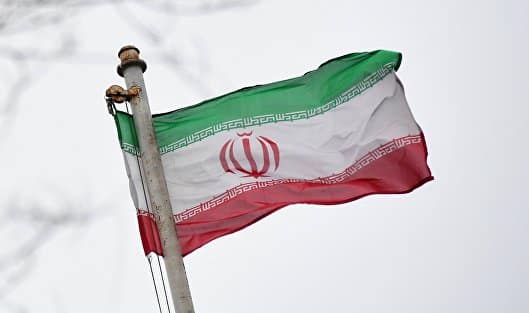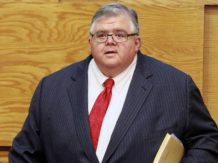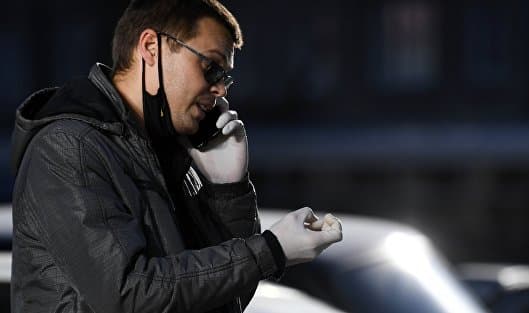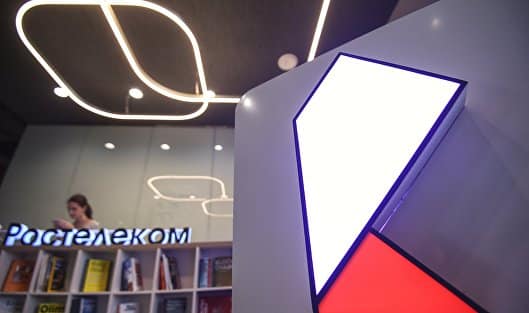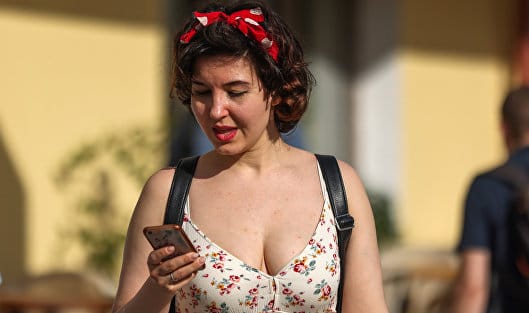MOSCOW, 12 Oct — PRIME. The head of the Atomic Energy Organization of Iran (AEOI), Mohammad Eslami, confirmed on Wednesday that Tehran is enriching uranium in the third cascade of IR-6 centrifuges at an underground facility in Natanz.
Iran responds to US proposal for a comprehensive action plan
“I confirm the IAEA report on enrichment by Iran at the third cascade of new centrifuges in Natanz,” Eslami was quoted as saying by ISNA.
Reuters reported on Tuesday, citing an IAEA report, that Iran has begun using a third cascade of modified IR-6 centrifuges to enrich uranium at an underground facility in Natanz. The IAEA added that Iran has informed the agency of its intention to add three more cascades of IR-2m centrifuges to the 12 already planned, two of which have already begun installation. In addition, since the end of August, Iran has completed the installation of another cascade of IR-4 centrifuges and six cascades of IR-2m, the organization said.
The media, citing the IAEA, reported on August 31 that Iran had begun enriching uranium already at the second of three cascades of modified IR-6 centrifuges at an underground facility in Natanz. A few days earlier, the start of enrichment at an underground facility using the first of three cascades of IR-6 centrifuges was reported. On September 7, the IAEA reported that Tehran had increased its stockpiles of 60% enriched uranium to 55.6 kilograms. As noted by the agency, 42 kilograms of uranium is enough to create a nuclear bomb with further enrichment.
In 2015, the United Kingdom, Germany, China, Russia, the United States, France and Iran concluded a nuclear deal – the JCPOA, which involved the lifting of sanctions in exchange for limiting Iran’s nuclear program. In May 2018, the United States under Donald Trump withdrew from the JCPOA and reinstated sanctions against Tehran. In response, Iran announced a phased reduction in its obligations under the agreement, waiving restrictions on nuclear research, centrifuges and the level of uranium enrichment.
Negotiations were held in Vienna to renew the JCPOA and lift Washington’s sanctions against Tehran. In December 2021, the parties reached an agreement on two draft agreements, in which the European side included the positions of Iran. Iranian spokesman Bagheri Kyani said the talks were going well, but US State Department spokesman Ned Price assessed the progress in Vienna as modest, urging Tehran to take the issue seriously.
On August 22, Iran sent the head of European diplomacy, Josep Borrell, its response on the proposed text of the draft agreement on the restoration of the Iranian nuclear deal, and also expressed its opinion on “remaining issues” in the negotiations. The EU called Iran’s response to the nuclear deal proposal constructive and said it was consulting with the United States on further steps. The Iranian side received a response from the United States on August 24. Consideration of the comments of the US government continues.




